- AI

Artificial Intelligence

Smart Products & Services
We follow Smart Products & Services

Intelligent Business Functions & Processes
We follow Intelligent Business Functions & Processes

Robotic Process Automation
We follow Robotic Process Automation

Personalized
healthcareWe follow Personalized healthcare

Identifying at-risk patients
We follow Identifying at-risk patients

Optimized routing and scheduling
We follow Optimized routing and scheduling
- ML

Machine Learning

Predictive
AnalyticsWe follow Predictive Analytics

Service Personalization
We follow Service Personalization

NLP
We follow NLP (Natural Language Processing)

Stock Market Forecasting
We follow Stock Market Forecasting

Fraud Prevention
We follow Fraud Prevention

Recommender engines
We follow Recommender engines
- blockchain
- IOT

Internet of Things
- AR
- Business Solutions
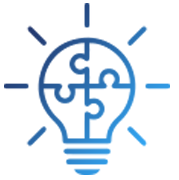
Business Solution

Business Performance Management
We follow Business Performance Management

Decision Making & Big Data Analytics
We follow Decision Making & Big Data Analytics

Enterprise Data Management
We follow Enterprise Data Management
- Apps

Apps

Native Apps
We follow Native Apps

Cross Platform Apps
We follow Cross Platform Apps

Web Apps
We follow Web Apps

Hybrid Apps
We follow Hybrid Apps

Cloud Native Apps
We follow Cloud Native Apps
- Lab

7 Trends To Develop IoT App You Must Know In 2024
IoT quickly has progressed from an emerging trend to an established idea and is constantly going upwards. They are growing on every business frontier. As per Statista, IoT is flawlessly integrated into every market. It is estimated that there will be a total of approximately above 29 billion devices interconnected by the year 2030.
Remember, you must understand the convergence of the two most popular technologies. Keeping your finger on the pulse of IoT development has become essential to a successful career, especially if you’ve stepped into the waters of app development or IoT itself.
Moreover, IoT app development company plays a big part in this domain as IoT app demands are increasing. Hence, the request for such companies rises. In cases you are opting for the one, hire us.
Now, let’s jump right in!
Let’s begin with Trends of 2024 for developing the IoT App
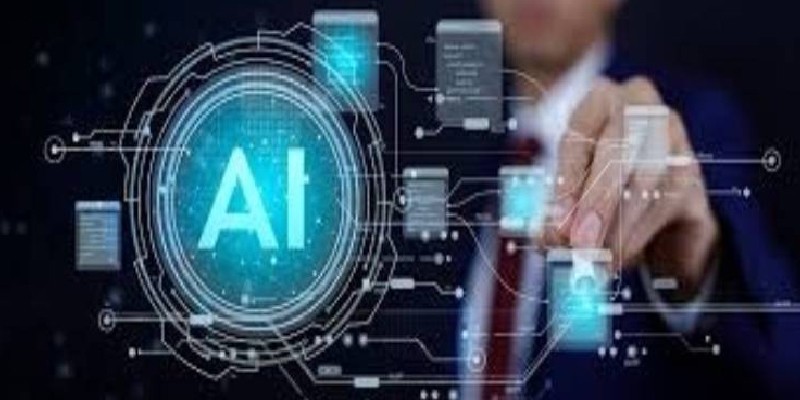
Information Technology (IT) has looked at a remarkable and clear change in nature, form, or appearance. From high-end industrial machinery to children’s toys, billions of devices have smoothly and continuously connected to the internet, sharing data to guide their actions.
Take, for instance, a connected doorbell. Detecting a visitor at the door, even without the doorbell being rung. You can convey this information to the user. How? Via video or voice— a multitude of components. The process brings the end-user data transmission, detection, communication, and decryption. Moreover, remotely opens the opportunity to introduce further steps within the IoT ecosystem.
IoT has immense ability and accelerated data transfer capabilities. And with this, it changes (the digital realm) radically. Being aware of h the latest trends is all-important in this dynamic field.
As a leading IoT app development company, Sky Potential UK has executed projects across various industry sectors.
Let’s chat if you’re seeking expert IoT devices innovation consultancy in the UK!
Here are the top 7 trends in IoT mobile app creation for 2024 that demand your attention:
Utilising blockchain technology to shore up the security of IoT devices
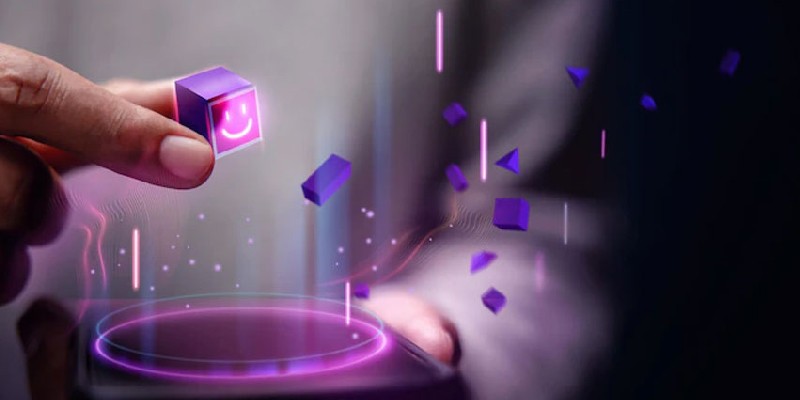
Blockchain, renowned for its brilliant security and efficiency, takes centre stage in developing apps. Uses data of paramount importance and authority. Major segments, such as online document verification, banks, and fund management, are now extensively put to use blockchain capabilities. It’s of great value for app developers to grasp its inner workings and the vast prospects it gives for IoT app development.
In terms of functionality, blockchain serves as a decentralised database. Comes with a chain of blocks distributed across multiple computers at once. These blocks continually expand as new data is incorporated. As fresh data is added, the old blocks are preserved. You can ensure that everyone holds a complete copy of the database.
Presently, blockchain-enabled mobile payment apps have gained significant popularity. These apps empower users to make secure payments through various methods, including wallets, credit cards, and cross-border transactions.
Looking toward the future, several compelling trends in blockchain technology emerge:
- Blockchain as a Service (BaaS): The rise of BaaS, offering blockchain capabilities as a service, simplifies development.
- Asset Tokenisation: The increasing trend of tokenising assets on blockchain, enabling new opportunities for investors.
- Cryptocurrency Exchange Trading: Blockchain’s role in facilitating cryptocurrency trading continues to evolve.
- Blockchain in Anti-Piracy: Utilising blockchain to combat piracy and protect intellectual property rights.
The fruition of blockchain technology promises to revolutionise various industries and secure their digital operations effectively.
The proliferation of smart home gadgets enhances domestic living
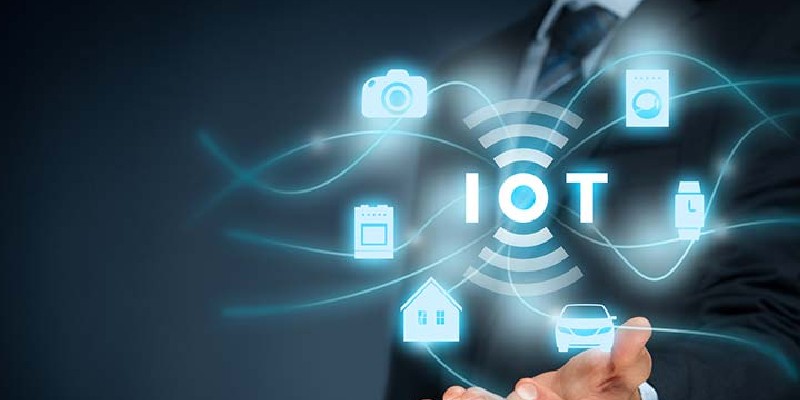
The overwhelming surge of the IoT trend is evident as it gains adoption, even among those who initially dismissed it as a mere pastime for the indolent youth. Smart home devices such as intelligent thermostats and smart lighting champion energy conservation and cost reduction. This has prompted many individuals to favour IoT devices and their associated applications.
Our daily lives witness the rapid emergence of IoT in various aspects, including safety, switches, gardening, security, air quality, locks, voice assistants, energy, water metres, and water-quality monitoring. The user base for smart gateways, motion sensors, vibration sensors, smart lights, weather sensors, and smoke detectors has expanded significantly in recent years. This, in turn, has intensified the demand for developers skilled in connecting with these devices.
IoT-driven smart home automation empowers people to manage their lives more efficiently, prompting manufacturers and designers to reshape their approach, simplifying control and monitoring methods for smart applications across the board.
A more intense focus on cybersecurity to safeguard IoT ecosystems
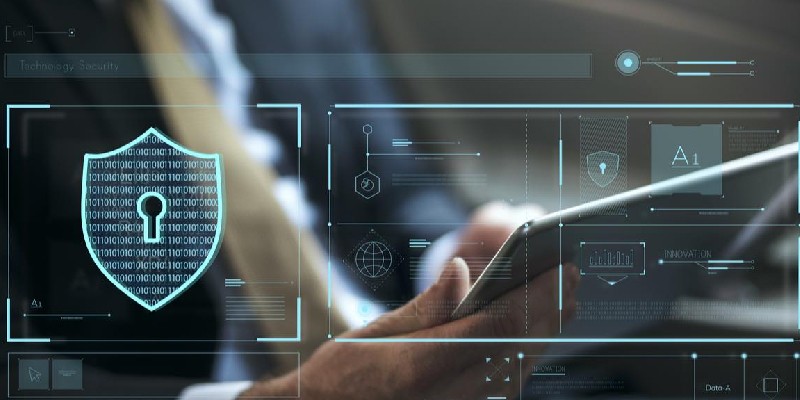
The escalating number of connected devices necessitates a paramount focus on cybersecurity. IoT sensors often gather sensitive data, including personal conversations and activities conducted via these devices. Safeguarding this data is of utmost importance to earn and maintain consumer trust.
From safeguarding financial information to preserving home security, your personal data is accessible through the vast Internet of Things network. Consequently, every mobile app development company must prioritise the security aspect of its IoT-enabled apps.
While many IoT devices historically overlooked security considerations, the current norm in 2024 includes features like encryption of data in transit and at rest. Also, strong security measures such as biometric logins (fingerprint scans and face recognition) and firewalls are all-important. They can protect data and information. Hence, in their present and future projects, app creation firms must make cybersecurity a focal point.
Edge computing is eclipsing traditional cloud computing.
Edge computing enhances the security and privacy of IoT applications. In the initial stages, IoT devices relied on the cloud for data storage. However, over time, IoT developers and manufacturers recognised its significance. They push the boundaries regarding computation, data storage, and analysis.
Instead of centralising all data in the cloud, this practise transfers data from IoT devices to nearby edge networks. Local storage devices can efficiently sort, filter, and process the data at the edge. Transmitting the entire or only the pertinent portions to the cloud. This approach reduces network traffic. Have more effective management of the copious data generated by each device.
Reducing cloud dependency improves application performance. Speed and diminishing latency improve as well. Edge computing is an invaluable asset for industries operating in remote environments (retail, finance, industrial sectors, and IoT). For instance, retailers increasingly seek reliable computing solutions for maximum uptime. It is for various functions like point-of-sale operations, inventory management, and security applications across their extensive store locations on the network’s periphery.
The edge computing power is undeniable, and it is no surprise that industries swiftly accept this trending technology. Recognising its life-changing potential.
Increased adoption of IoT in the healthcare sector.
Health care is greatly affected as a result of the COVID-19 phenomenon. Primed for a great change. The use of IoT applications will be adopted in the health sector at a big rate.
IoT has aligned with sensor and mobile device convergence for the monitoring and remote management of healthcare equipment. Mobile apps or virtual assistants can monitor patient health, suitable for wearable and other IoT devices. Furthermore, intelligent vehicles can also monitor patients. This is how they transit and are on the horizon, marking the redesign of the healthcare scenario.
The growing importance of AI and Big Data in IoT solutions.
IoT is a pivotal source of real-time data for AI applications, facilitating the execution of AI-driven decisions. The IoT landscape boasts billions of connected consumer and industrial devices, with data volumes surging exponentially. The convergence of IoT, big data, and AI promises remarkable advancements.
A compelling illustration of this synergy unfolds in the manufacturing industry. The substantial data from IoT sensors empowers AI to make proactive decisions concerning machinery issues or maintenance requirements. In consequence, business owners gain foresight into technical challenges well in advance.
Expect more sophisticated wearable IoT devices.
IoT applications empower businesses to create immersive experiences atop interconnected devices. However, the complexity of wearable devices, such as smartwatches, fitness gadgets, and smart rings, has transformed our interaction with smart technology. Regrettably, most mobile apps remain incompatible with these devices.
Wearable technology become an integral component of the IoT ecosystem. Thus, companies and developers face the vital task of constructing functional IoT-compatible wearable apps. These apps must seamlessly integrate features like data collection, profile management, instant interoperability, robust security measures, and notifications.
A recent study underscores wearable usage primarily centres on singular functions (exercise tracking and time-checking). It can be achieved without connectivity to a smart device. However, the future promises a shift toward wearables facilitating complex tasks (from financial management to home appliance control). All rely on user input for precision.
Wrapping Up
In IoT app creation, 2024 and the future promise many trends apart from these. Both consumer and industrial IoT sectors look at profound impacts with remarkable advancements. Emerging IoT devices are lined up. They can become the new standard in our homes and various industries— particularly manufacturing.
For all that, the risks associated with data security will surge. As a result, the merger of blockchain and encryption concepts becomes compulsory. Especially when developing apps or access portals.
So, contact us if you are unsure about executing IoT solutions to get your business moving without hesitation.
As an ultimate IoT app development company with IoT and blockchain expertise, we’re here to guide you in building innovative apps, websites, or software. Meet your unique needs with us.
Visit our software development company website and request a quote.



















































Leave a Reply